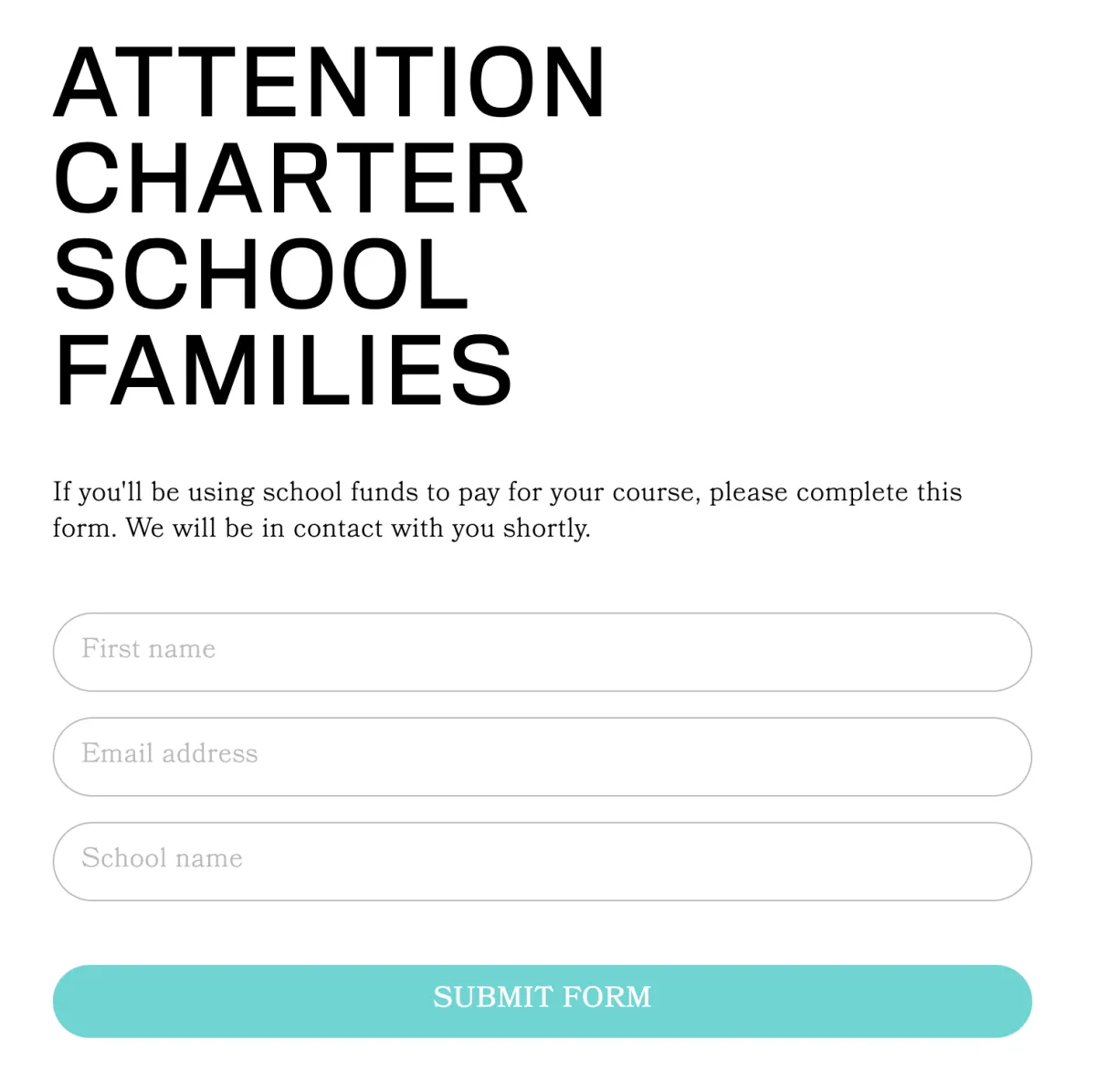
Do you homeschool? Our award-winning digital curriculum and courses can help.
At WRITE ON! WEBB (WoW), we are skilled and equipped to teach your 3rd-8th grade child to...
Research with reliable resources
Take great notes
Develop an outline
Transform an outline into a first draft
Create remarkable revisions
Edit with helpful tools
Receive constructive feedback
Finalize their masterpiece
Are your getting ready for fall? 🍂 So are we!
As we prepare for the 2025-26 school year, we want to help you find the program that best fits your child's needs. We have three online options.
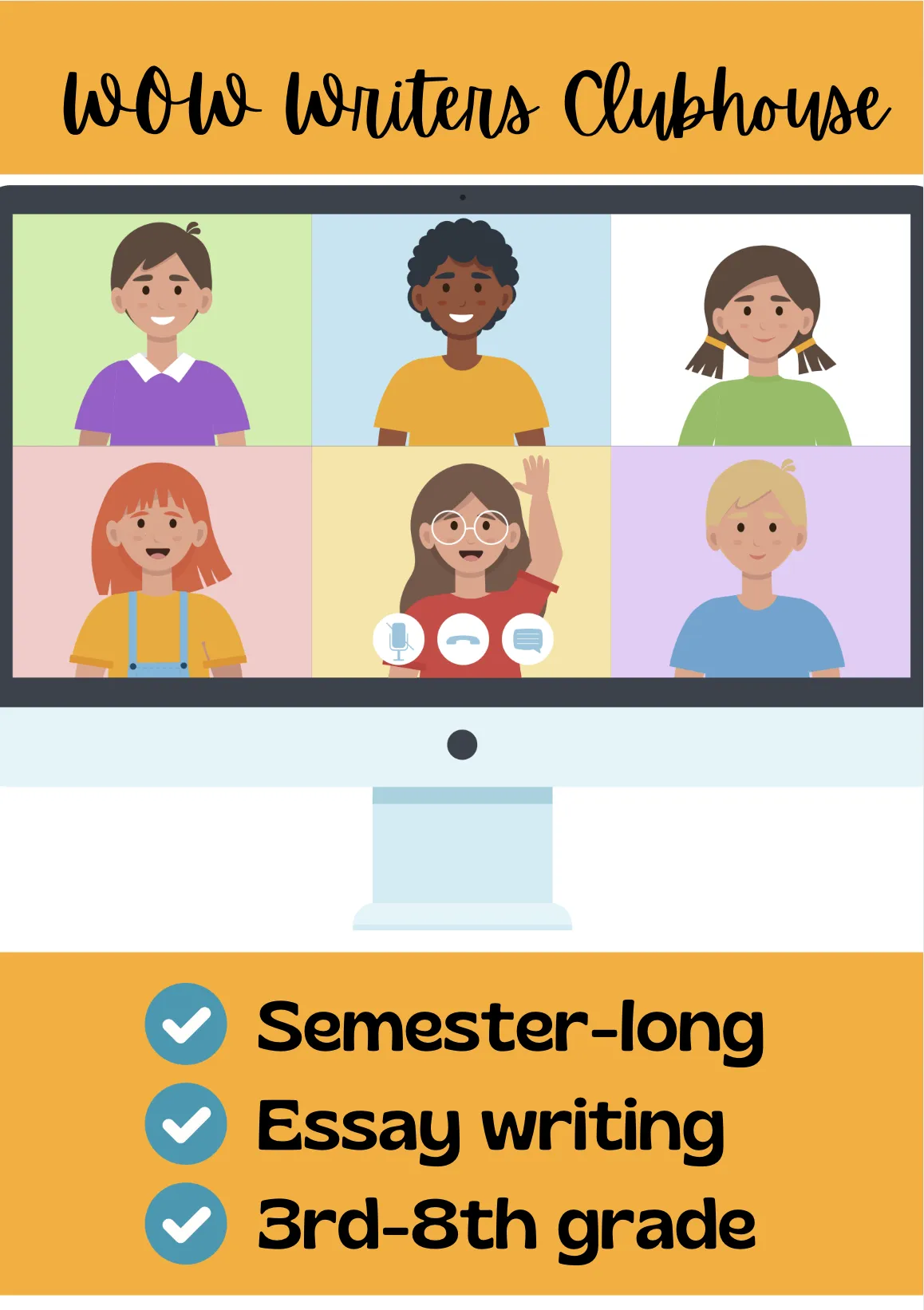
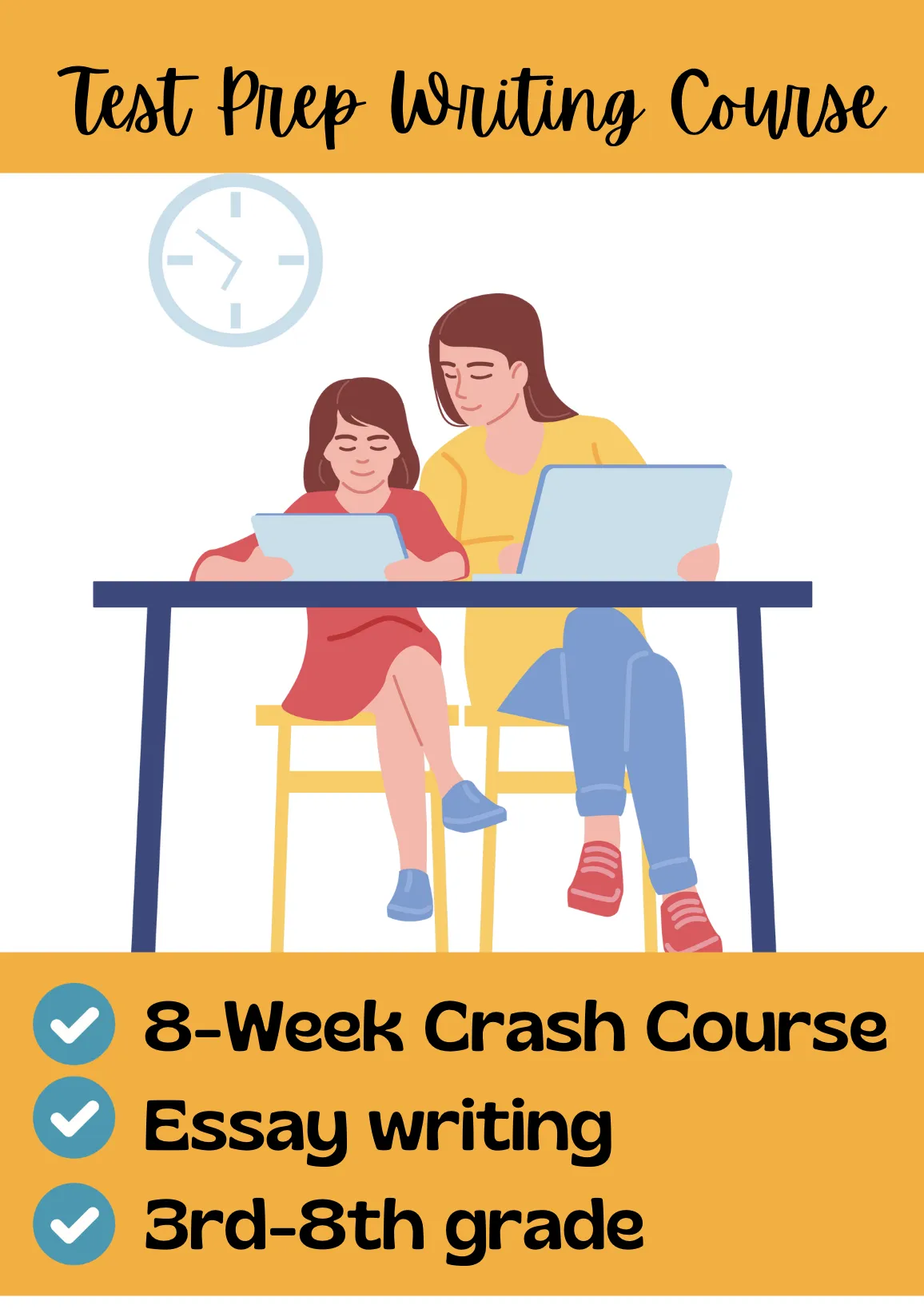
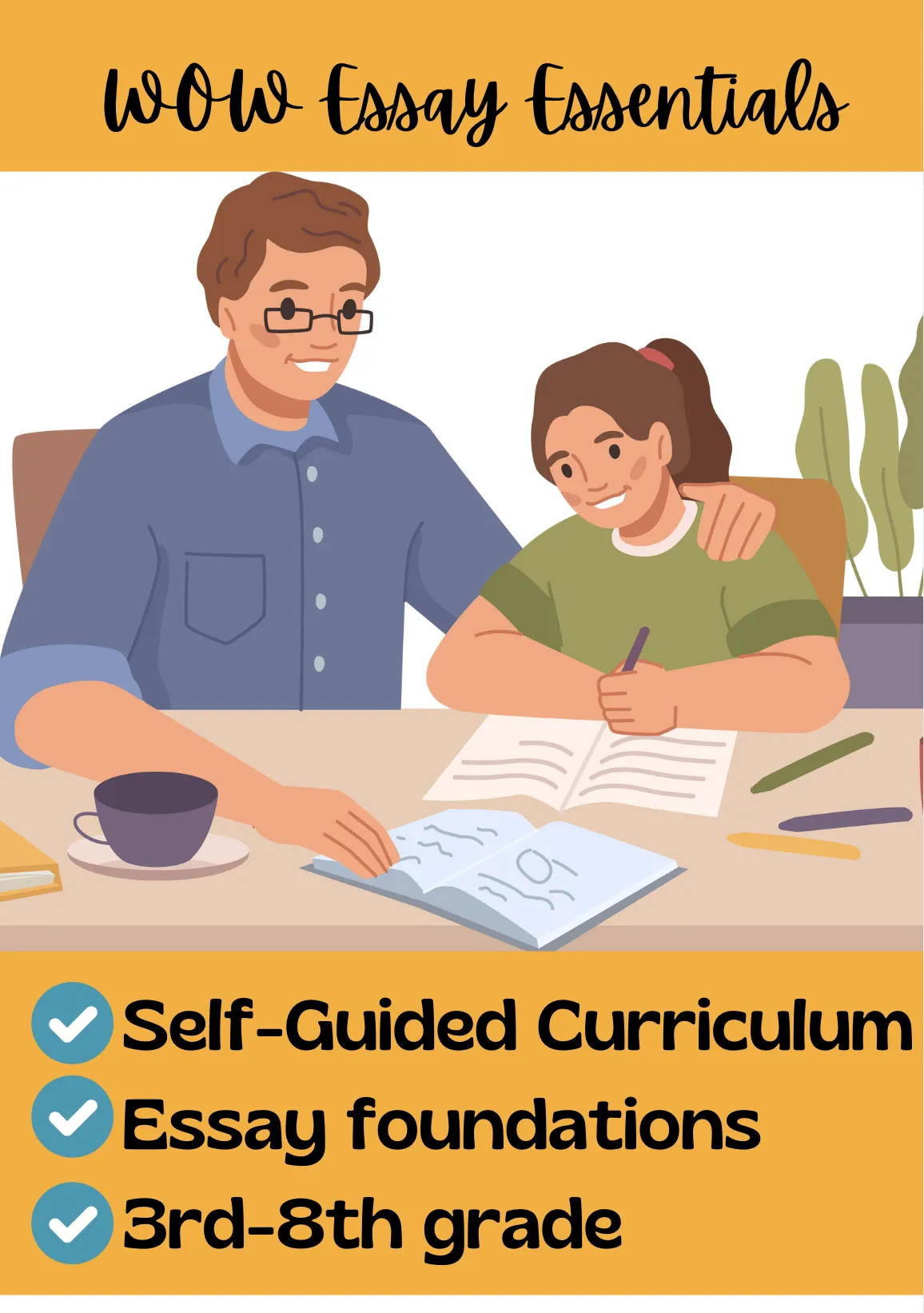
NEW this FALL 2025!
Literature-Based Novel Units
Novel units do more than make reading fun. A book study teaches kids to think deeply, find evidence, explore themes, and understand characters. Aligned with Common Core for grades 3–8, these lessons help your child grow as a thoughtful reader while giving your homeschool structure and purpose.
However, they can take a lot of time to plan and prepare. So, we're taking that off your already very full plate! In our novel units, you'll receive the following:
✅ A pacing guide to keep you on track
✅ Discussion questions with answer keys
✅ Vocabulary activities to strengthen word skills
✅ Geography tie-ins and exploration
✅ Science extensions to spark curiosity
✅ Cross-curricular connections
✅ Built-in teacher video instruction to keep your child engaged and interested
With all the guesswork removed, this isn’t just a novel unit. This is an academic adventure. Whether you’re a new homeschooler or a seasoned parent-educator, you’ll love how easy it is to deliver deep, meaningful learning without the overwhelm.
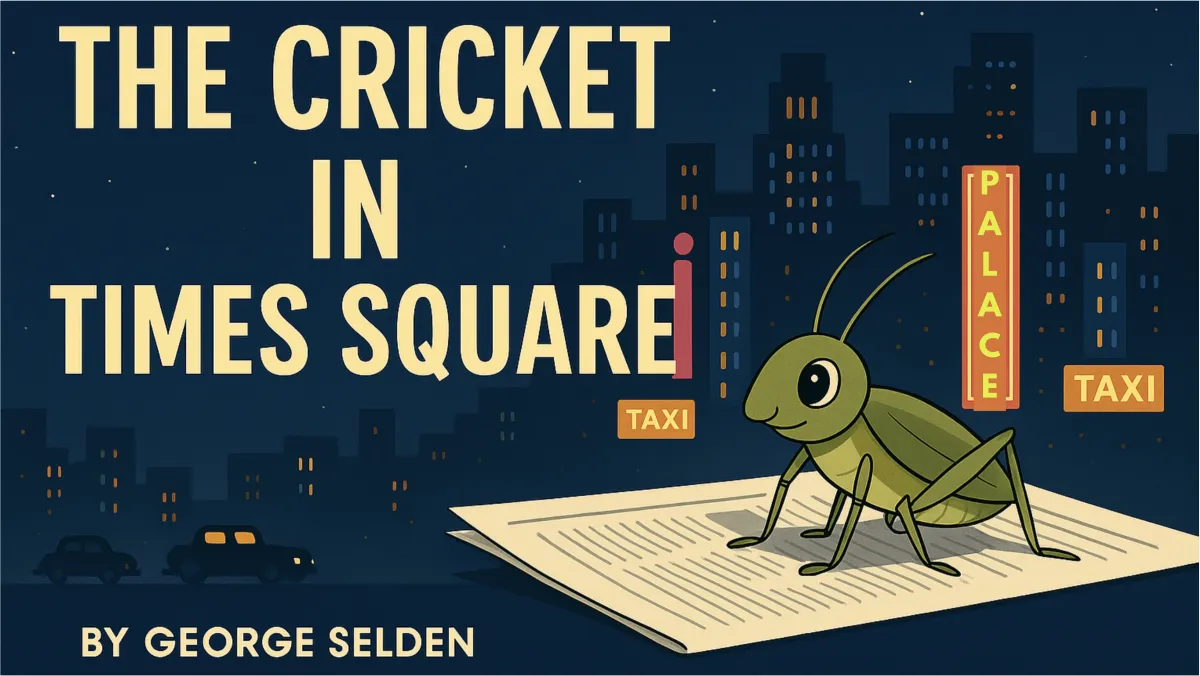
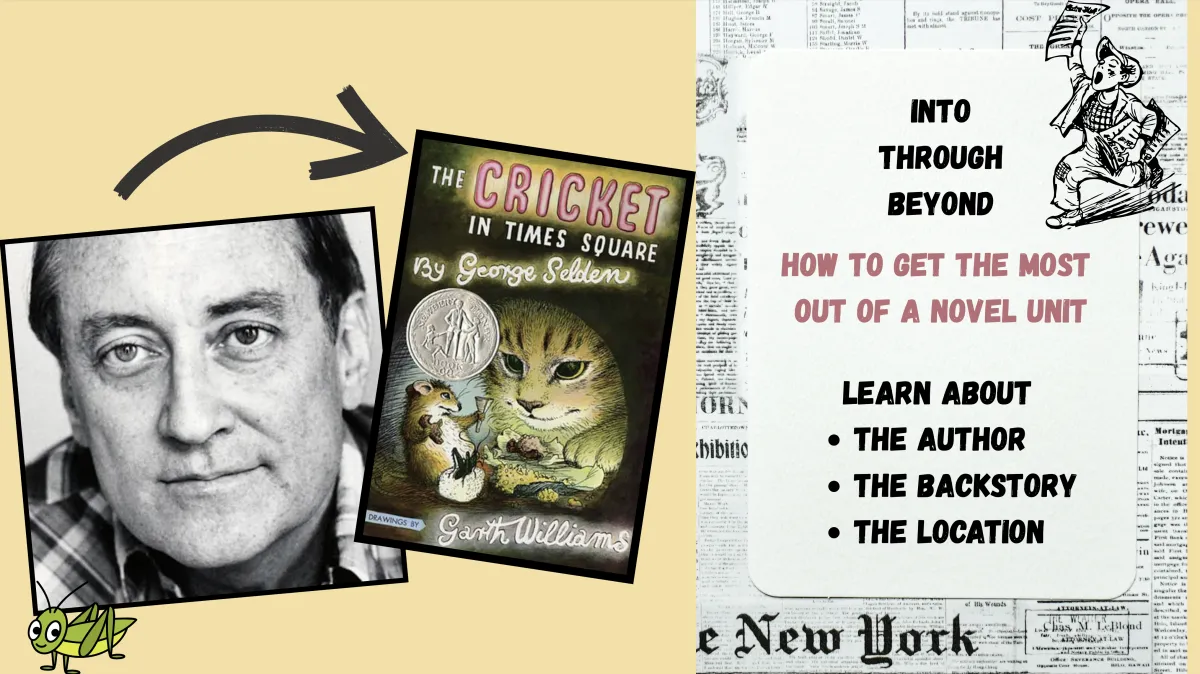
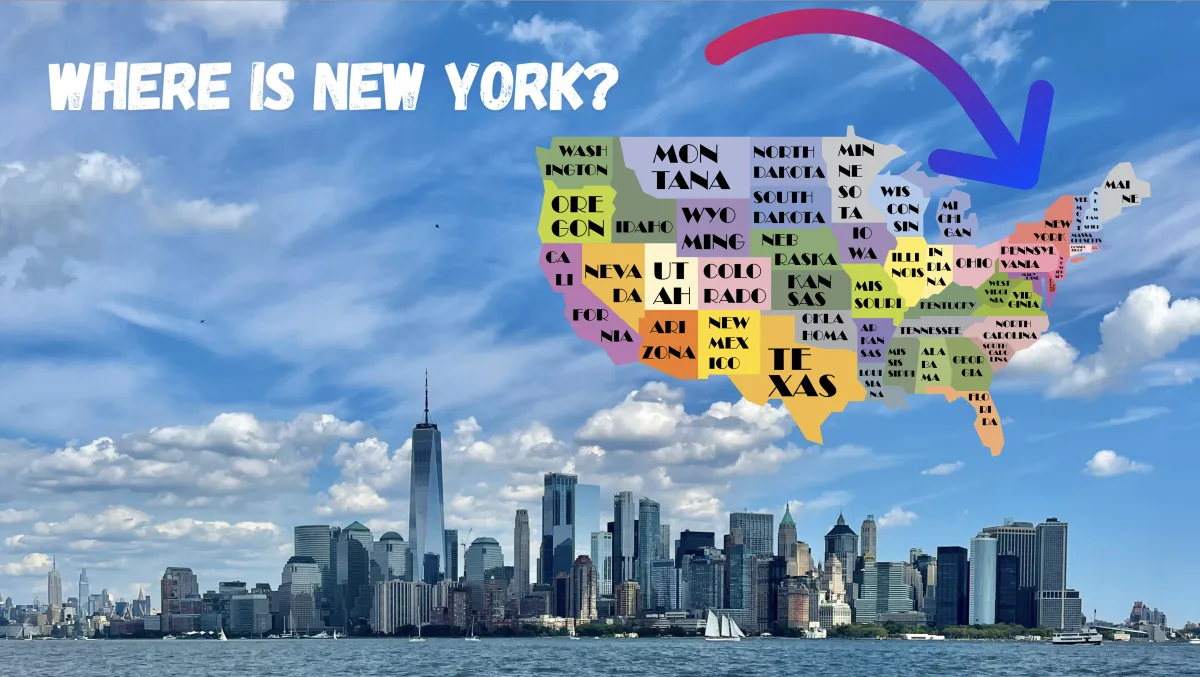
Write On! Webb is a proud vendor for the following charter schools:
Blue Ridge Academy, Cabrillo Point Academy, Clarksville, Compass Charter, Cottonwood, Elite Academic Academy, Excel, Feather River, Gorman Learning, Granite Mountain, Harvest Ridge, Heartland, Horizon Charter, iLead, JCS, Lake View, Mission Vista Academy, Ocean Grove, Pacific Coast Academy, River/Harbor Springs, Sage Oak, Sequoia Charter School, South Sutter, Visions in Education, Winship Community, Yosemite Valley Charter.
COPYRIGHT 2025 | Melissa Webb - WRITE ON WEBB LLC | Terms & Conditions + Privacy Policy
How your privacy is protected.
In order to provide you with the best possible service and products, we collect and process quite a bit of information. Your information will never be sold to third-party collectors. By visiting this website, you consent to our collection and use of your personal information as a means to serve you better and meet your educational and parenting needs. This Privacy Policy may be updated occasionally to reflect changes to operational or legal practices or for regulatory reasons. If and when we make changes to this policy, we will notify you of the changes by posting the revised policy on this Website or by other means when appropriate. By continuing to use this website after these changes are posted, you agree to the revised terms
